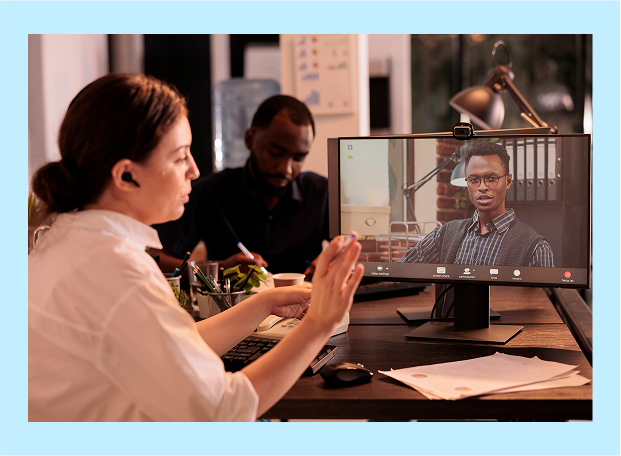The way we understand autism is evolving, moving beyond old perceptions. We are shifting to view it not as a limitation, but as a natural and valuable variation of human brain functioning. This perspective is known as neurodiversity.
It encourages us to appreciate the unique strengths and perspectives that autistic individuals bring to our world. This approach emphasizes recognizing and valuing diverse ways people think, perceive, and interact. It’s about creating spaces where everyone can thrive.
Promoting inclusion means building environments and practices that truly accommodate and celebrate neurodivergent individuals in every aspect of life.
Embracing the Neurodiversity Paradigm
Neurodiversity is a broad term covering a wide range of human brain differences. This includes conditions like autism and ADHD. They simply represent different ways of experiencing the world.
The neurodiversity paradigm challenges traditional views of these conditions as deficits. Instead, it invites us to see them as distinct and valuable forms of human variation. Understanding autism through this lens means recognizing its rich diversity.
This includes how autistic individuals perceive, interact, and learn. It’s about appreciating their unique thought processes and contributions. This shift in mindset helps foster greater acceptance and builds more supportive communities for everyone.
The Power of Unique Strengths
Celebrating neurodiversity involves actively acknowledging and valuing distinct contributions. Many autistic individuals possess incredible strengths. These attributes are truly valuable.
- Exceptional attention to detail and strong problem-solving skills are common.
- A remarkable task-focused approach and innovative thinking often prevail.
- Creativity frequently flourishes within this diverse way of thinking.
Imagine a team where diverse minds come together, each offering unique approaches to challenges. Resources are readily available to help individuals and communities become ‘Neurodiversity Champions.’
This focus is all about recognizing what is strong and capable. It highlights strengths within neurodivergent individuals, rather than concentrating on perceived weaknesses.
Building Bridges: Practical Inclusion
True inclusion for autistic individuals means crafting accessible and affirming environments. These are spaces where they can genuinely succeed. In educational settings, this means developing strategies that benefit all students.
Such strategies especially help those on the autism spectrum and other neurodiverse learners. It creates a learning space where everyone feels supported and valued. The workplace also plays a crucial role in promoting inclusion.
Strategies for recruiting, hiring, retaining, and advancing neurodivergent employees are vital. By recognizing their unique talents and providing necessary accommodations, companies can build stronger, more innovative teams. Organizations like AskEARN offer resources on this very topic.
Creating inclusive environments extends beyond schools and workplaces into our entire community. Resources from Neurodiversity Inclusion & Advocacy provide toolkits to learn how to better understand and accommodate neurodivergent individuals.
Tools for a Diverse World
In a world increasingly connected, effective communication across different perspectives is key. For those working with or supporting autistic individuals, sharing information clearly and accessibly is paramount. This is where tools like Doctranslate.io become invaluable.
Imagine needing to translate a support document or an inclusive policy for a multilingual family or team member. Doctranslate.io can seamlessly translate various document formats, ensuring vital information is understood by everyone. It helps bridge communication gaps, fostering a more inclusive environment for all.
For more detailed instructions, you can refer to the user manual. Exploring resources from the Neurodiversity Hub can also help support neurodivergent students. They assist in becoming work-ready and connect them with organizations that value their talents.
Additionally, the Program for Inclusion and Neurodiversity Education (PINE) equips schools and communities with expert-developed resources for creating affirming spaces. You can also find free neurodiversity-affirming resources at Divergent Futures, including a pocket guide to neurodiversity lingo.
Understanding autism is a journey toward a more compassionate and equitable world. By embracing neurodiversity and actively promoting inclusion, we enrich our society in countless ways. Every unique mind contributes to the vibrant tapestry of human experience.
Are you ready to contribute to a more inclusive world? Explore the resources mentioned above and consider how tools like Doctranslate.io can support your efforts in multilingual communication and advocacy.


Leave a Reply